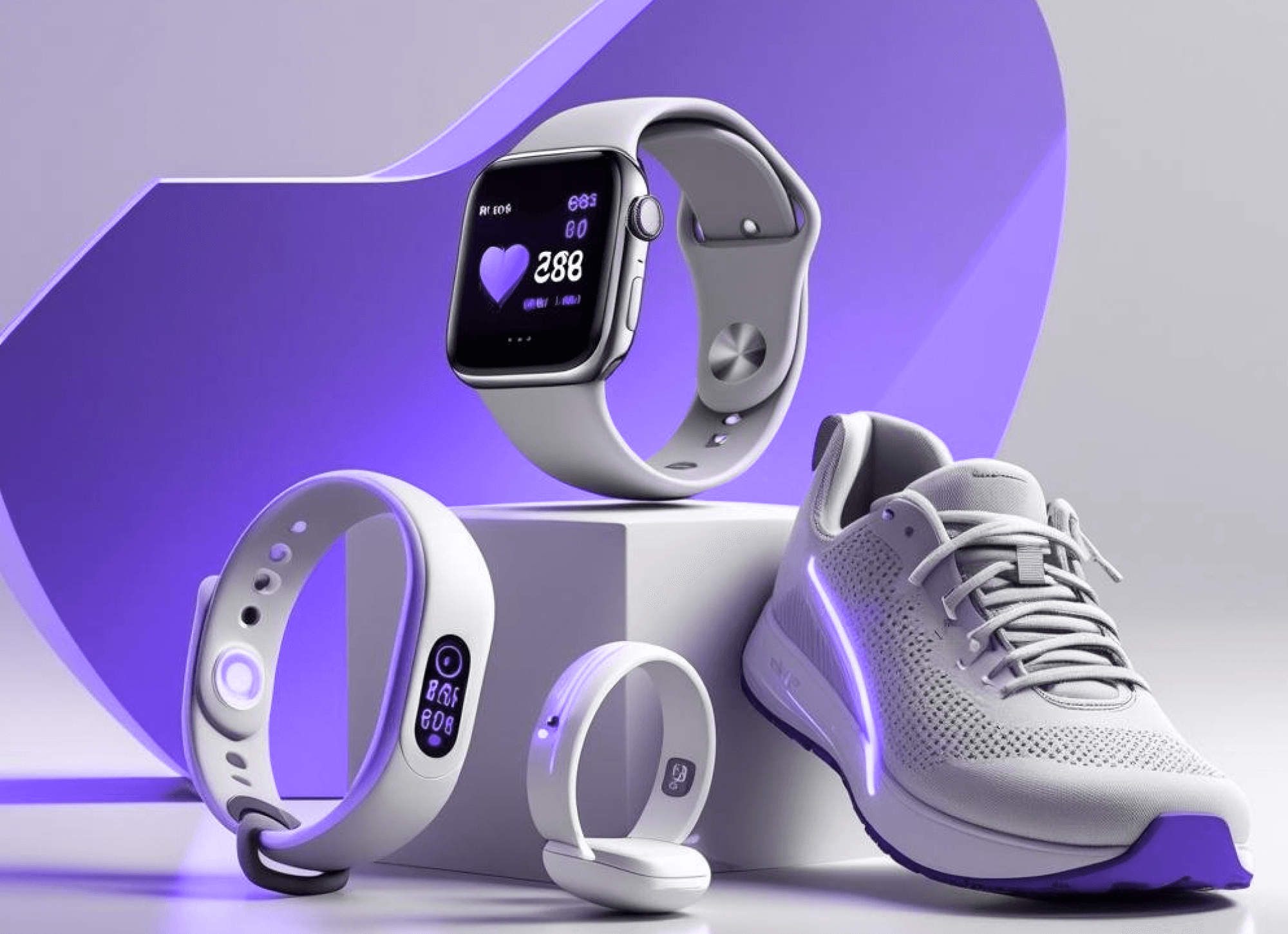In today’s fast-paced digital workplace, the pursuit of greater efficiency has sparked a quiet revolution—right on our wrists, fingers, and even in our eyewear. While AI and automation dominate the headlines, smart wearables are emerging as powerful tools for enhancing productivity and well-being across industries.
Once seen as fitness accessories, wearables like smartwatches, smart glasses, and biometric bands are now transforming how we communicate, manage tasks, and stay healthy on the job. They’re helping teams work smarter—not harder.
From Alerts to Impact: How Wearables Drive Workplace Productivity
Smart wearables are more than notification centers. Here's how they’re delivering real-world value:
- Quick Access, Less Distraction: Smartwatches and glasses provide real-time access to notifications, emails, and schedules—without reaching for a phone.
- Hands-Free Efficiency: In logistics, healthcare, and manufacturing, smart glasses with AR can overlay work instructions, machine data, or inventory info directly into the user’s field of view.
- Subtle Interactions: Replying to a message or checking a meeting reminder becomes seamless—even in a boardroom.
- Timely Nudges: Smart reminders for tasks, meetings, or breaks help maintain rhythm throughout the day.
- Deep Work Modes: Wearables offer do-not-disturb or focus features to block interruptions during key work sessions.
- App Integrations: Sync with task managers like Trello or Slack to view updates or mark progress—right from your wrist.
- Stress & Fatigue Monitoring: Wearables track heart rate variability, sleep, and stress—helping users recognize signs of burnout early.
- Movement Reminders: Alerts to stand up or stretch reduce sedentary fatigue and boost energy levels.
- Posture Feedback: In physical roles, some wearables give real-time ergonomic guidance to avoid injuries.
- Workflow Visibility: Wearables on the shop floor or warehouse track movements, task completion rates, and productivity patterns.
- Predictive Maintenance: Integration with machinery sensors allows technicians to get alerts for equipment issues before failures occur.
- Case Study: DHL saw a 25% productivity boost by using smart glasses in warehouse operations.
India's Wearable Adoption: A Growing Opportunity
India's tech-savvy, youthful workforce is embracing wearable tech in sectors like logistics, manufacturing, and healthcare. For instance, the Tata Group launched a safety wearable that tracks vital signs and environmental conditions for factory workers—highlighting how wearables can drive both productivity and safety.
Challenges to Consider Before Adoption
While the benefits are clear, organizations must address:
- Privacy & Trust: Clear policies and consent are essential to avoid the perception of surveillance.
- Employee Buy-In: Success depends on employees seeing the personal value—health, comfort, and efficiency—not just company gain.
- System Integration: Wearables must plug into existing tech ecosystems with ease.
- Cost vs. ROI: Evaluate long-term savings and productivity returns to justify the upfront investment.
Conclusion: Wearables Are Powering the Future of Work
Smart wearables are not just convenient accessories—they’re becoming strategic enablers of performance, safety, and well-being. As adoption increases and technology matures, these devices will play a central role in building agile, healthy, and high-performing workplaces.
The next frontier of productivity isn’t just digital—it’s wearable.

